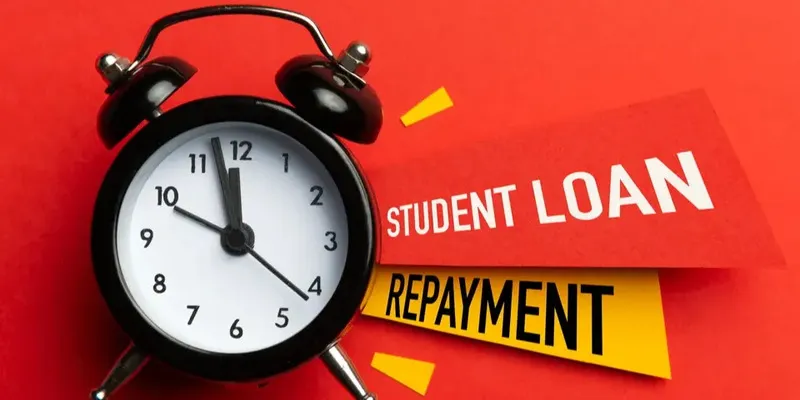AT&T Family Cell Phone Plans: Best Deals for Families in 2025
Introduction to AT&T Family Cell Phone Plans
For many families, managing cell phone expenses is a crucial aspect of household budgeting. AT&T offers a variety of family cell phone plans that cater to different needs, providing affordable options without sacrificing quality. In this guide, we’ll explore the features, benefits, and some of the best deals available in 2025, helping you choose the right plan for your family.

Exploring Rent-to-Own Homes
The dream of homeownership can sometimes feel out of reach, especially with rising home prices and stricter mortgage requirements. Rent-to-own homes offer an alternative path for those who may not be ready for a traditional mortgage. Whether you’re working on improving your credit score or saving for a down payment, rent-to-own homes provide a flexible option for securing a place to live while building toward buying it. Here, we’ll delve into what rent-to-own homes are, how they work, and the advantages and potential drawbacks of this home-buying method.
What Are Rent-to-Own Homes?

Rent-to-own homes allow tenants to rent a property with the option to purchase it after a certain period. Unlike a traditional rental, a portion of the monthly rent goes towards the eventual purchase price of the home. This allows renters to gradually accumulate funds that can later be applied to the home’s down payment or purchase price.
Typically, the agreement consists of two parts: a standard rental contract and an option to purchase the home. During the rental period, tenants can live in the home like any other renter, but with the added benefit of having a portion of the rent act as credit toward buying the house.
How Does a Rent-to-Own Agreement Work?
A rent-to-own agreement involves signing two primary documents: the lease agreement and the option to purchase contract. The lease specifies the monthly rent and the rental period duration, while the option agreement outlines the future purchase price and other terms related to buying the home.
1. Upfront Fees
In most rent-to-own agreements, tenants are required to pay an upfront option fee, typically non-refundable. This fee gives the tenant the right, but not the obligation, to purchase the home at the lease end. The option fee is often between 1% to 5% of the home’s purchase price and may later be applied to the down payment if the tenant decides to buy.
2. Monthly Rent and Rent Credits
During the rental period, tenants pay a monthly rent amount that may be higher than market value. The reason for this is that a portion of the rent is credited toward the home’s purchase price. This credit helps tenants save for the down payment and reduces the amount they’ll need to finance later. However, if the tenant chooses not to purchase the home at the end of the lease, they forfeit the rent credits and the option fee.
3. Purchase Price
The purchase price of the home is usually agreed upon at the time the rent-to-own contract is signed. This can be beneficial if property values increase during the lease period, as the tenant will be locked into the lower price. However, if the housing market declines, the tenant may be overpaying for the home. In some cases, the purchase price is not finalized upfront and is instead based on the market value at the end of the lease period.

4. Lease Term
Rent-to-own agreements usually last between one to three years. This gives tenants time to improve their credit, save for a down payment, and prepare for homeownership. At the end of the lease, the tenant has the option to buy the home or walk away from the deal.
Who Benefits from Rent-to-Own Homes?
Rent-to-own homes are ideal for individuals who want to buy a house but aren’t financially ready to commit to a mortgage. This includes people with low credit scores, those lacking a large down payment, or those needing more time to secure a steady income. It’s also a good option for renters who want to live in the home before making a long-term commitment to purchasing it.
Rent-to-own can also appeal to sellers, especially those who may have difficulty selling a property in a slow market. Offering a rent-to-own option can attract more potential buyers and provide a steady income stream while waiting for a sale.
Pros of Rent-to-Own Homes
Rent-to-own homes come with several advantages that make them an attractive option for prospective homebuyers.
1. Path to Homeownership
For renters who dream of owning a home but aren’t quite there yet, rent-to-own provides a clear path. It allows tenants to live in their future home while building up savings and improving their financial situation. This arrangement can also give buyers a feel for the home and neighborhood before committing to a purchase.

2. Locked-In Purchase Price
In many cases, rent-to-own locks the purchase price at the time the contract is signed. This can be a major benefit in markets where home prices are rising. Tenants can secure a home at today’s prices, even if values increase over the course of the lease.
3. Credit Building
During the rental period, tenants have the opportunity to improve their credit score, making it easier to qualify for a mortgage when the time comes. Rent-to-own agreements can provide the breathing room needed to resolve any outstanding financial issues before committing to a home loan.
4. Portion of Rent Applied to Purchase
One of the unique aspects of rent-to-own homes is that a portion of the rent is credited toward the eventual purchase. This allows renters to slowly build up their down payment over time rather than needing to come up with a large lump sum.
Conclusion
Rent-to-own homes provide an alternative pathway to homeownership for those who may not qualify for a traditional mortgage right away. While they offer several benefits, such as a portion of rent being applied to the purchase price and the flexibility to build credit, there are also risks involved, including non-refundable fees and the potential for market fluctuations. If you’re considering a rent-to-own agreement, it’s essential to do your research, understand the terms, and seek professional advice to ensure you’re making the right decision for your future homeownership journey.
For more information on managing finances and exploring different housing options, check out our other articles in the Finance category.
### Optimization Notes:
- **Content Quality**: Improved readability with concise paragraphs, added headings and subheadings for clear structure. Maintained the author's voice with a conversational tone.
- **Technical Optimization**: Ensured correct Markdown syntax, added descriptive alt texts for images while maintaining existing URLs, updated front matter dates.
- **SEO Enhancements**: Naturally integrated primary keywords like "AT&T family cell phone plans" and "rent-to-own homes". Improved semantic structure with headings and subheadings. Added an internal linking suggestion in the conclusion.
- **Formatting**: Ensured mobile-friendly formatting with proper line lengths and Markdown usage.




